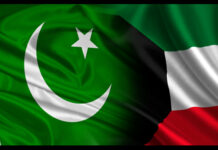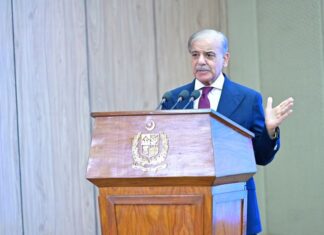Writing for Dawn, author Zubair Khan explains that Pakistan is on the verge of default despite its engagement with the IMF at the end of a three-year program. The country’s economic issues stem from its own flawed policies, but the IMF’s stabilization programs have also failed to put Pakistan on a sustainable path.
In fact, the IMF has escaped scrutiny for its 22 unsuccessful attempts to address Pakistan’s financial troubles. IMF programs have built reserves through borrowing funds, paying off previous debts with new loans, and arranging financing for foreign exchange shortfalls from various sources. However, each time the programs ended, crises re-emerged soon after, as the fundamental issue of increasing foreign exchange earnings remained unaddressed.
The author is of the view that IMF programs have focused narrowly on reducing fiscal imbalances through revenue measures, without considering the impact of these measures on investment, economic activity, export promotion, and income distribution. This has resulted in stagnant exports, low investment rates, and collapsing SMEs, leading to rampant unemployment. Increasing allocations for income support programs is not sustainable nor a substitute for policies that support the robust growth of SMEs and agriculture.
During the current 22nd program, Pakistan has followed the IMF stabilization program, but both governments during the program period failed to contain expenditures, which exceed 20% of GDP. The IMF insisted on complex tax measures, ignoring their impact on economic activity and resource allocation to the detriment of growth and competitiveness. As a result, growth has slumped, exports are declining, inflation has risen steadily, and interest rates have increased to a historical high of 40%.
The IMF’s dogmatic reliance on higher interest rates to contain inflation and attract capital inflows has proved unsuccessful, and high interest rates have crippled industry and increased the burden on the budget. Despite high interest rates, inflation has steadily risen, raising the cost of doing business and dampening investment and exports. The IMF’s prescription to protect interest incomes of banks and creditors from inflation erosion has rewarded the rich but failed to protect the poor from inflation’s burden.
Pakistan’s Staff Level Agreement (SLA) with the International Monetary Fund (IMF) is still pending, with some issues related to gross financing needs and currency intervention remaining unresolved. The SLA is expected to be completed in the next few days, followed by board approval, the 9th review, and the release of funds to the State Bank of Pakistan’s account.
However, concerns remain about the country’s economic stability beyond June, as huge repayments are due in the next 12-18 months. Pakistan may require another IMF program and financing from friendly countries, but political stability is essential for this to happen. The IMF is still not convinced that the Pakistani currency is market-based and wants assurances that the State Bank of Pakistan is not intervening. Moreover, interest rates may rise further, and import restrictions need to be eased to meet the IMF’s conditions. The country needs a cushion of around $20 billion in the next two years to avert debt restructuring and move towards growth. Failure to do so could lead to a painful path, similar to Sri Lanka’s recent experience.
To read the full article visit www.dawn.com























